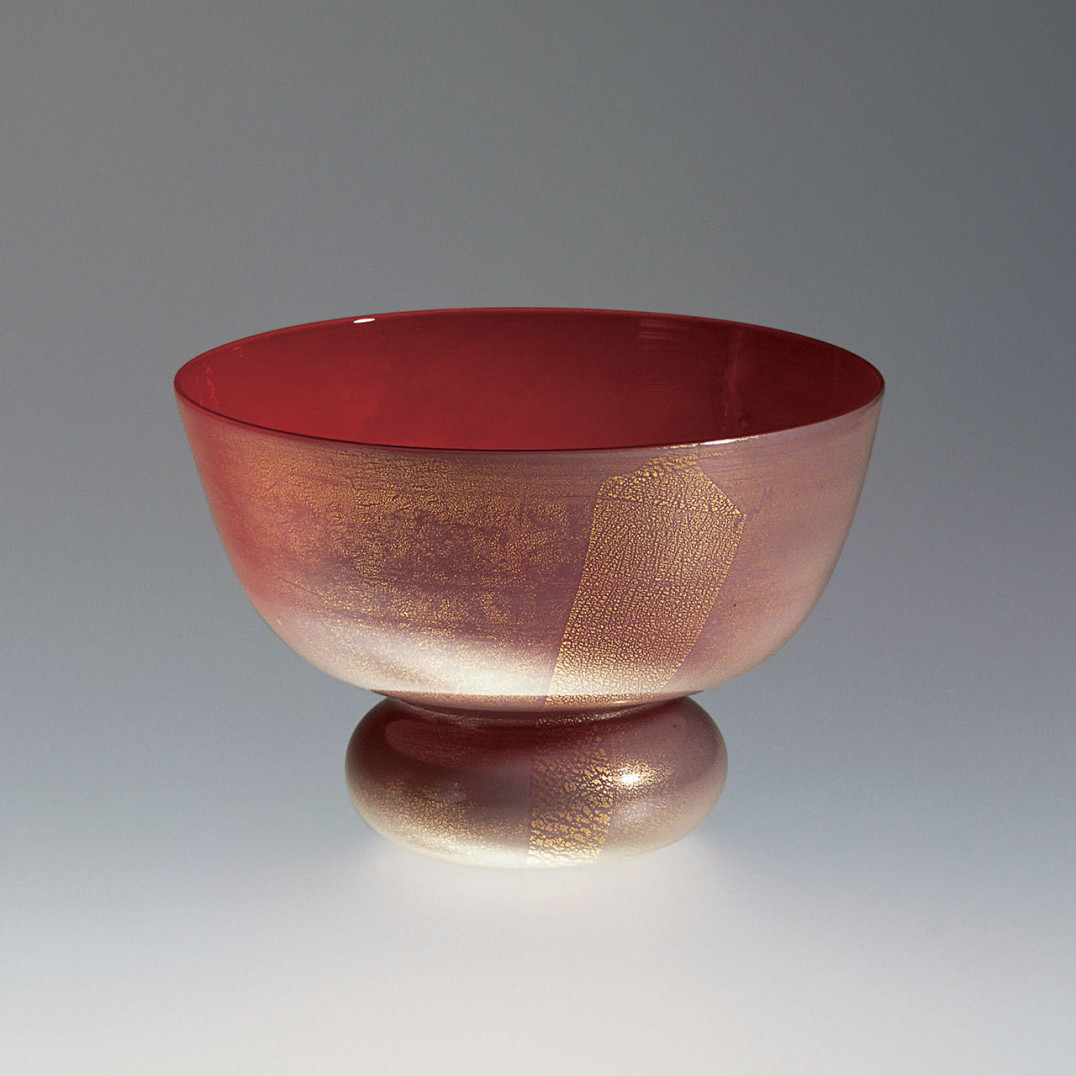
Tommaso BuzziLaguna, 1933
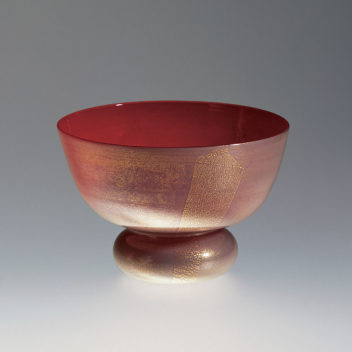
Tommaso BuzziLagunaV.S.M. Venini & C., 1933
Vessel in laguna incamiciato glass, several layers of colored glass decorated with gold leaf applications.
5 1/8 in. high (13 cm)
Exhibitions:
1933, Milan, 5th Triennale;
2001, Milan, Murano: Vetri dalla Collezione Olnick Spanu,
Spazio Oberdan.
Bibliography and comparative texts:
Venini, blue catalogue, n. 3437;
Domus, 1933, February p. 82;
R. Papini, 1933, p. 870;
F. Deboni, 1989, nn. 35, 45;
L’arte del vetro…, 1991, n. 17;
M. Heinemans, 1993, n. 194;
A. Bettagno, 1996, nn. 52.57;
Olnick Spanu, 2001, n. 59.
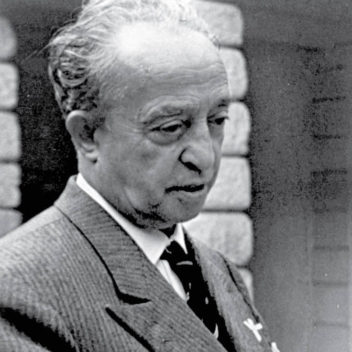
Tommaso Buzzi 1900–1981
Architect and designer Tommaso Buzzi was born in Sondrio and graduated in Architecture at the Politecnico di Milano. In Milan, he worked in the fields of architecture, interiors, graphic design, set design, and applied arts. In 1927, he joined the association Il Labirinto, founded to "promote the spreading of modern decorative arts in the home," to which Paolo Venini, Giò Ponti, Carla Visconi di Modrone, Emilio Lancia and Pietro Chiesa also belonged. From 1932 to 1934, he was artistic director at Venini & C., for whom he designed a very refined series of works. They were characterized by the elegant Novecento styles in lattimo and opaque turquoise glass with black detailing and clear pieces with branch-like applications. Experimenting with traditional techniques, he also designed vessels and bowls with unusual colors. His best-known series—his Alba, Laguna, and Alga—are known for their pastel tones, which were created by using several successive thin layers of glass and then a final application of gold leaf. After World War II, Buzzi concluded his experience with glass art and dedicated himself to painting.
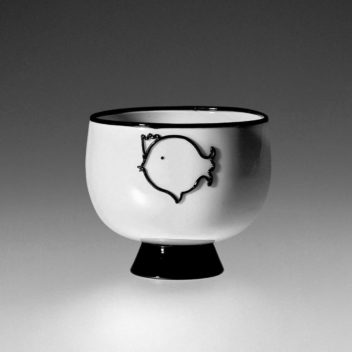
V.S.M. Venini & C. 1925–1932
In 1925, following the closing of Cappellin Venini & C., Paolo Venini founded his own glass company, which he called Vetri Soffiati Muranesi Venini & C. (V.S.M. Venini & C.). While the company, under the artistic direction of sculptor Napoleone Martinuzzi, produced collections designed by Vittorio Zecchin, it soon became known for the pulegosi, an original style created by Venini and Martinuzzi. In 1932, both Martinuzzi and Zecchin left the company. Paolo Venini changed the name of the company to Venini & C. and Milanese architect Tommaso Buzzi became the new artistic director.
Tommaso BuzziLaguna, 1933
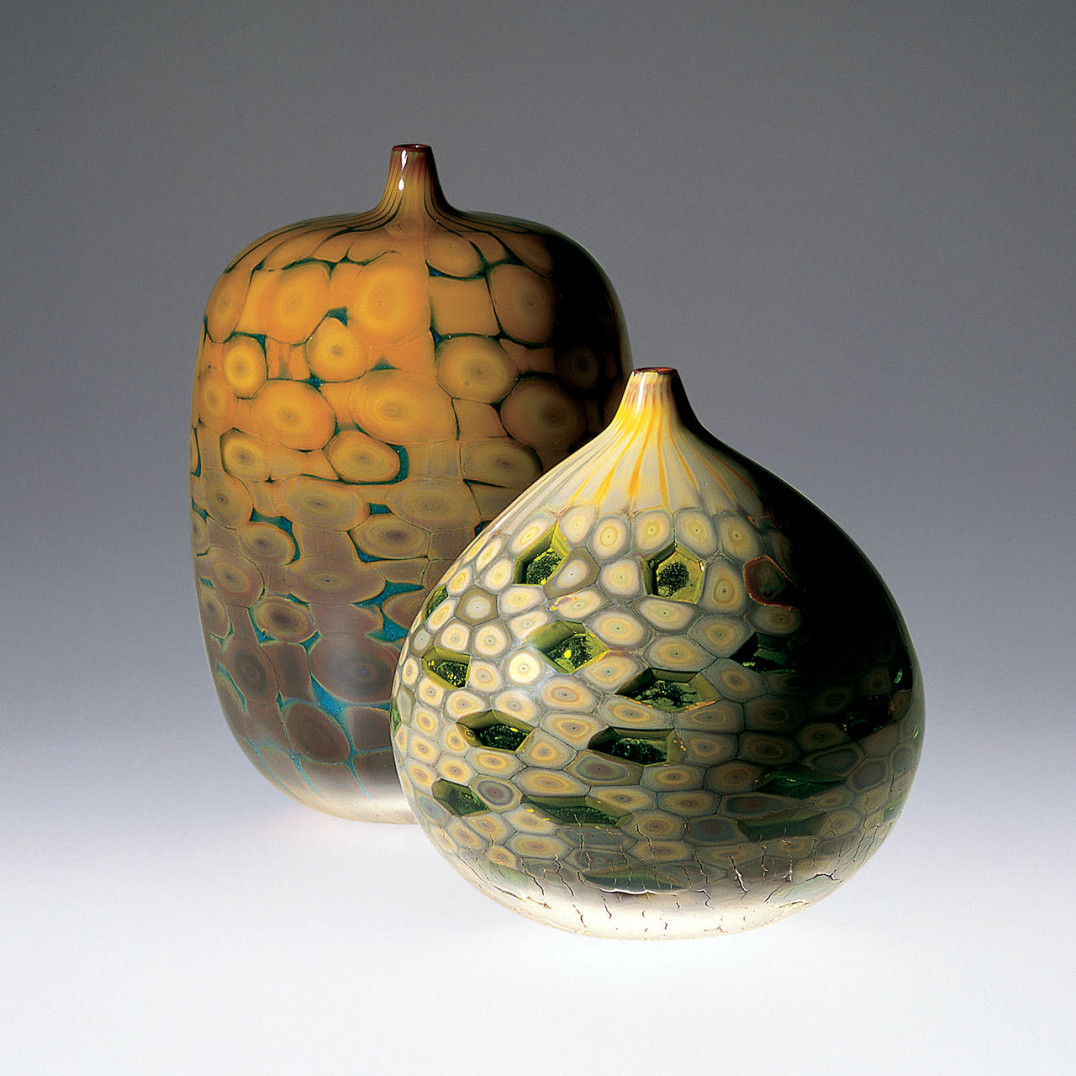
Yoichi OhiraGioco del fuoco, 1999
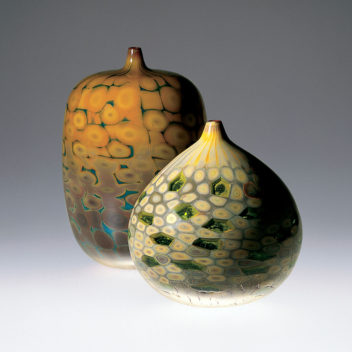
Yoichi OhiraGioco del fuoco
Vessels from the Metamorfosi series. Handblown glass rods with murrine glass. The one on the left with polished surface. The one on the right with inclusion of powders, polished surface finished a ghiaccio.
Engraved: Yoichi Ohira m. L. Serena 1/1 unico 1999.
9 1/16 in. high (23 cm)
6 3/4 in. high (17.1 cm)
Bibliography and comparative texts:
R. Linzeler, 1922, p. 666;
C. Carrà , 1923, p. 67;
R. Linzeler, 1923, p. 83;
R. Papini, 1930, n. 570;
G. Mariacher, 1967, p. 98;
R. Barovier Mentasti, 1982, n. 252;
Mille anni…, 1982, n. 503;
F. Deboni, 1984, p. n. 70;
W. Neuwirth, 1987, nn. 7, 104;
A. Dorigato, 1986,
p. 71;
F. Deboni, 1989, n. 1;
L’arte del vetro, 1982, n. 307;
M. Heiremans, 1993, n. 191;
M. Barovier, R. Barovier Mentasti,
A. Dorigato, 1995, n. 15;
A. Venini Diaz de Santillana, 1996, n. 1;
R. Barovier Mentasti, 1998, n. 25;
A. Venini Diaz de Santillana, 2000, n. 1;
Olnick Spanu, 2000, n. 8;
Olnick Spanu, 2001, n. 13.
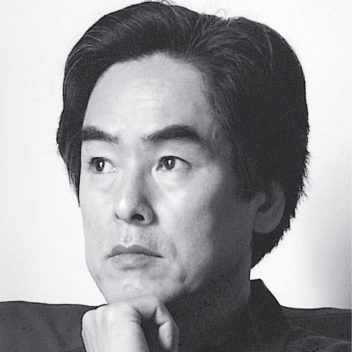
Yoichi Ohira 1946–
Yoichi Ohira was born in Japan and moved to Italy in 1973. After working as an apprentice at the Kagami Crystal Company in Tokyo, Ohira graduated in Sculpture from the Accademia di Belle Arti di Venezia with a dissertaion on the aesthetics of glass. In 1973, he began working with Egidio Costantini's Fucina degli Angeli and participated in numerous collective and personal exhibitions, presenting sculptures made with the combination of plated metal and glass. In 1987, he started a collaboration as a designer with the Vetreria de Majo in Murano. That same year, Ohira was awarded the Premio Selezione at the Premio Murano. He began working as an independent artist in the early '90s, creating magnificent one-of-a-kind pieces, which he made in collaboration with the skillful maestro glassblower Livio Serena from Murano. He has participated in the most important international exhibitions and his works are greatly appreciated by private collectors as well as many public museums. Yoichi Ohira's work is, today, part of the permanent collections of museums such as the Victoria and Albert Museum of London, the Musée des Arts Décoratifs in Paris, the Metropolitan Museum of Art in New York, the Koganezaki Glass Museum in Shizoka, Japan, and many others.
Yoichi OhiraGioco del fuoco, 1999

Yoichi OhiraGioco del fuoco, 1999
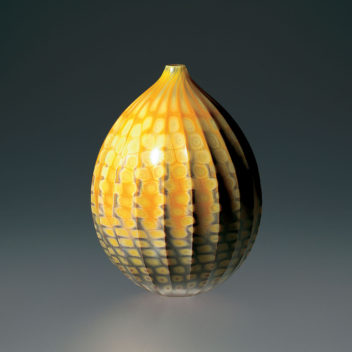
Yoichi OhiraGioco del fuoco
Vessel from the Metamorfosi series. Handblown glass rods and murrine. Surface lightly finished at the carving wheel.
Engraved: Yoichi Ohira m. L. Serena 1/1 unico 1999.
7 5/8 in. high (19.4 cm)
Bibliography and comparative texts:
R. Linzeler, 1922, p. 666;
C. Carrà , 1923, p. 67;
R. Linzeler, 1923, p. 83;
R. Papini, 1930, n. 570;
G. Mariacher, 1967, p. 98;
R. Barovier Mentasti, 1982, n. 252;
Mille anni…, 1982, n. 503;
F. Deboni, 1984, p. n. 70;
W. Neuwirth, 1987, nn. 7, 104;
A. Dorigato, 1986,
p. 71;
F. Deboni, 1989, n. 1;
L’arte del vetro, 1982, n. 307;
M. Heiremans, 1993, n. 191;
M. Barovier, R. Barovier Mentasti,
A. Dorigato, 1995, n. 15;
A. Venini Diaz de Santillana, 1996, n. 1;
R. Barovier Mentasti, 1998, n. 25;
A. Venini Diaz de Santillana, 2000, n. 1;
Olnick Spanu, 2000, n. 8;
Olnick Spanu, 2001, n. 13.

Yoichi Ohira 1946–
Yoichi Ohira was born in Japan and moved to Italy in 1973. After working as an apprentice at the Kagami Crystal Company in Tokyo, Ohira graduated in Sculpture from the Accademia di Belle Arti di Venezia with a dissertaion on the aesthetics of glass. In 1973, he began working with Egidio Costantini's Fucina degli Angeli and participated in numerous collective and personal exhibitions, presenting sculptures made with the combination of plated metal and glass. In 1987, he started a collaboration as a designer with the Vetreria de Majo in Murano. That same year, Ohira was awarded the Premio Selezione at the Premio Murano. He began working as an independent artist in the early '90s, creating magnificent one-of-a-kind pieces, which he made in collaboration with the skillful maestro glassblower Livio Serena from Murano. He has participated in the most important international exhibitions and his works are greatly appreciated by private collectors as well as many public museums. Yoichi Ohira's work is, today, part of the permanent collections of museums such as the Victoria and Albert Museum of London, the Musée des Arts Décoratifs in Paris, the Metropolitan Museum of Art in New York, the Koganezaki Glass Museum in Shizoka, Japan, and many others.
Yoichi OhiraGioco del fuoco, 1999
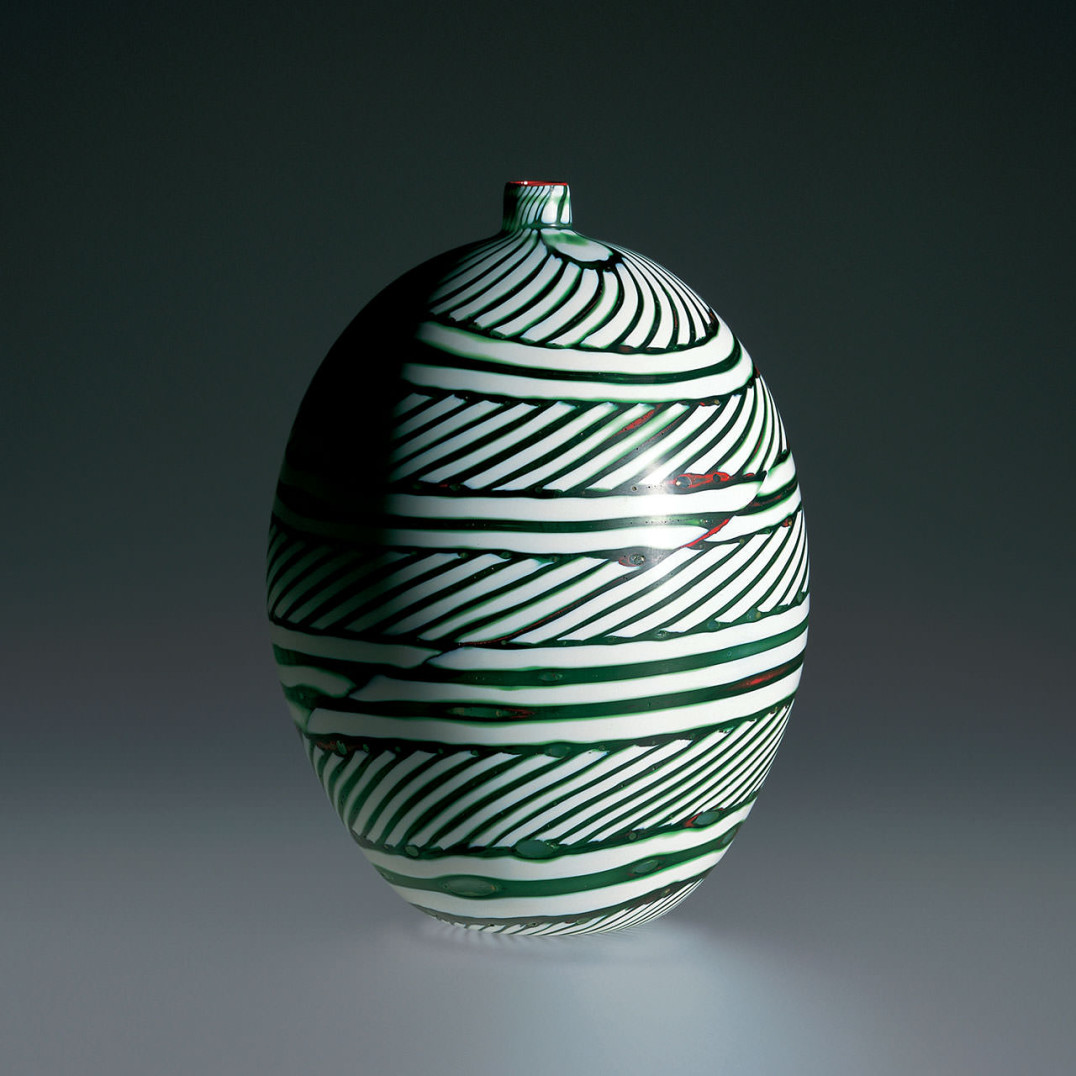
Yoichi OhiraA canne bianche e verdi, 1997
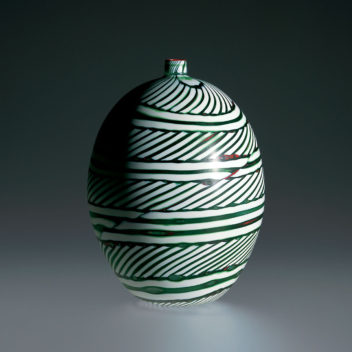
Yoichi OhiraA canne bianche e verdi
Vessel in glass crafted with lattimo and green rods with inclusion of powders. Surface lightly finished at the carving wheel.
Engraved: Yoichi Ohira m. L. Serena 1/1 unico 28.4.1997 murano.
8 1/4 in. high (21 cm)
Bibliography and comparative texts:
R. Linzeler, 1922, p. 666;
C. Carrà , 1923, p. 67;
R. Linzeler, 1923, p. 83;
R. Papini, 1930, n. 570;
G. Mariacher, 1967, p. 98;
R. Barovier Mentasti, 1982, n. 252;
Mille anni…, 1982, n. 503;
F. Deboni, 1984, p. n. 70;
W. Neuwirth, 1987, nn. 7, 104;
A. Dorigato, 1986,
p. 71;
F. Deboni, 1989, n. 1;
L’arte del vetro, 1982, n. 307;
M. Heiremans, 1993, n. 191;
M. Barovier, R. Barovier Mentasti,
A. Dorigato, 1995, n. 15;
A. Venini Diaz de Santillana, 1996, n. 1;
R. Barovier Mentasti, 1998, n. 25;
A. Venini Diaz de Santillana, 2000, n. 1;
Olnick Spanu, 2000, n. 8;
Olnick Spanu, 2001, n. 13.

Yoichi Ohira 1946–
Yoichi Ohira was born in Japan and moved to Italy in 1973. After working as an apprentice at the Kagami Crystal Company in Tokyo, Ohira graduated in Sculpture from the Accademia di Belle Arti di Venezia with a dissertaion on the aesthetics of glass. In 1973, he began working with Egidio Costantini's Fucina degli Angeli and participated in numerous collective and personal exhibitions, presenting sculptures made with the combination of plated metal and glass. In 1987, he started a collaboration as a designer with the Vetreria de Majo in Murano. That same year, Ohira was awarded the Premio Selezione at the Premio Murano. He began working as an independent artist in the early '90s, creating magnificent one-of-a-kind pieces, which he made in collaboration with the skillful maestro glassblower Livio Serena from Murano. He has participated in the most important international exhibitions and his works are greatly appreciated by private collectors as well as many public museums. Yoichi Ohira's work is, today, part of the permanent collections of museums such as the Victoria and Albert Museum of London, the Musée des Arts Décoratifs in Paris, the Metropolitan Museum of Art in New York, the Koganezaki Glass Museum in Shizoka, Japan, and many others.
Yoichi OhiraA canne bianche e verdi, 1997
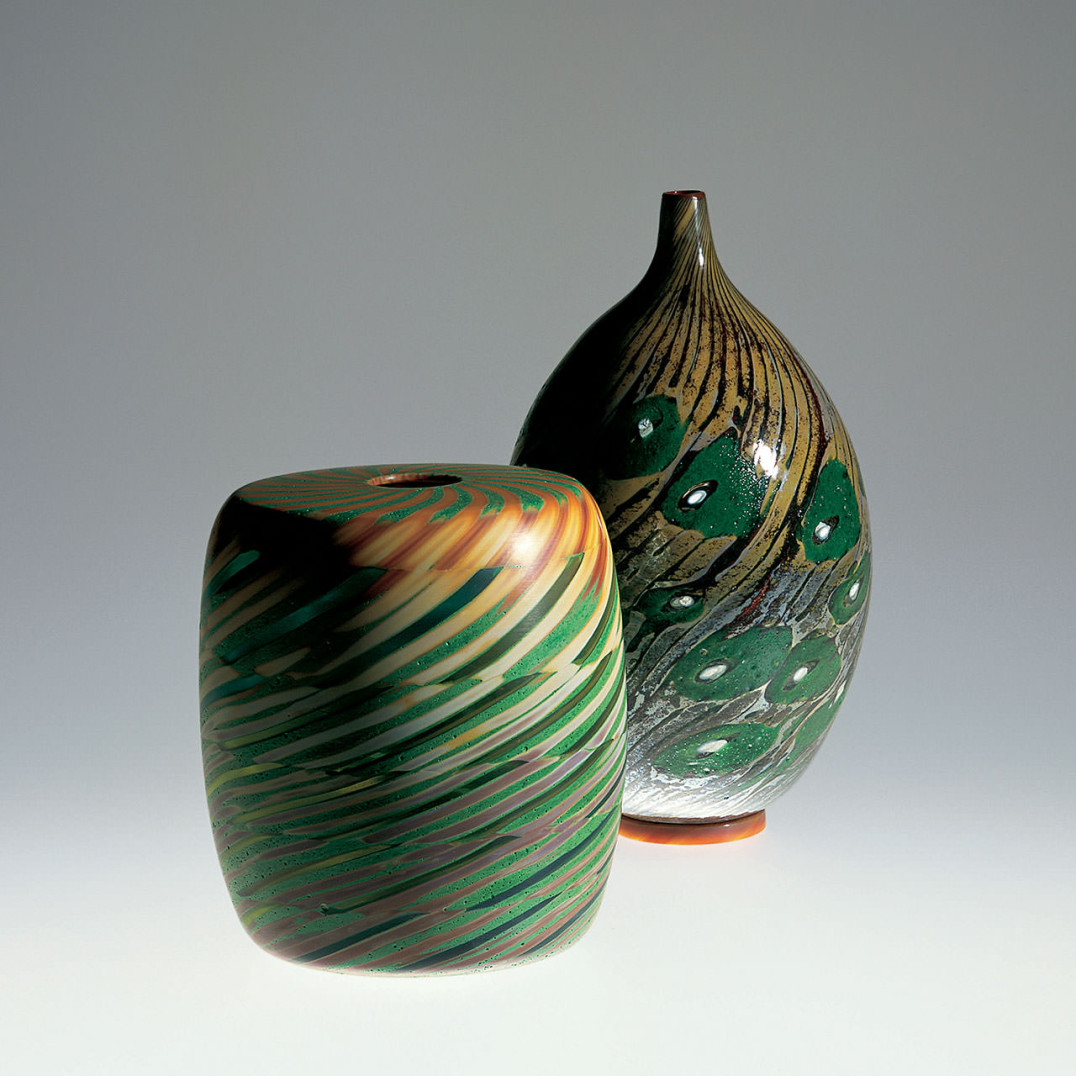
Yoichi OhiraFinestre, 1998
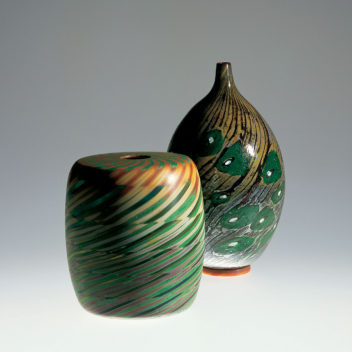
Yoichi OhiraFinestre
Vessel composed of multicolored rods with inclusion of powders and transparent green murrine. Surface lightly finished at the carving wheel.
Engraved: Yoichi Ohira m. L. Serena 1/1 unico 04 Dec. 1998 Murano.
6 1/2 in. high (16.5 cm)
Vessel from the series Pasta vitrea composed of brown rods and green and lattimo murrine with inclusion of powders. Surface lightly finished at the wheel. Foot and mouth in orange pasta vitrea.
Engraved: Yoichi Ohira m. L. Serena 1/1 unico 10.04.1998 Murano.
9 3/4 in. high (24.8 cm)
Bibliography and comparative texts:
R. Linzeler, 1922, p. 666;
C. Carrà , 1923, p. 67;
R. Linzeler, 1923, p. 83;
R. Papini, 1930, n. 570;
G. Mariacher, 1967, p. 98;
R. Barovier Mentasti, 1982, n. 252;
Mille anni…, 1982, n. 503;
F. Deboni, 1984, p. n. 70;
W. Neuwirth, 1987, nn. 7, 104;
A. Dorigato, 1986,
p. 71;
F. Deboni, 1989, n. 1;
L’arte del vetro, 1982, n. 307;
M. Heiremans, 1993, n. 191;
M. Barovier, R. Barovier Mentasti,
A. Dorigato, 1995, n. 15;
A. Venini Diaz de Santillana, 1996, n. 1;
R. Barovier Mentasti, 1998, n. 25;
A. Venini Diaz de Santillana, 2000, n. 1;
Olnick Spanu, 2000, n. 8;
Olnick Spanu, 2001, n. 13.
A vessel composed of lattimo glass canes with inlays of cristallo murrine. The surface is finished with a fine velato.
Engraved: Yoichi Ohira m. L. Serena 1/1 unico 1999 Murano..
10 in. high (25.5 cm)
Bibliography and comparative texts:
R. Linzeler, 1922, p. 666;
C. Carrà , 1923, p. 67;
R. Linzeler, 1923, p. 83;
R. Papini, 1930, n. 570;
G. Mariacher, 1967, p. 98;
R. Barovier Mentasti, 1982, n. 252;
Mille anni…, 1982, n. 503;
F. Deboni, 1984, p. n. 70;
W. Neuwirth, 1987, nn. 7, 104;
A. Dorigato, 1986,
p. 71;
F. Deboni, 1989, n. 1;
L’arte del vetro, 1982, n. 307;
M. Heiremans, 1993, n. 191;
M. Barovier, R. Barovier Mentasti,
A. Dorigato, 1995, n. 15;
A. Venini Diaz de Santillana, 1996, n. 1;
R. Barovier Mentasti, 1998, n. 25;
A. Venini Diaz de Santillana, 2000, n. 1;
Olnick Spanu, 2000, n. 8;
Olnick Spanu, 2001, n. 13.

Yoichi Ohira 1946–
Yoichi Ohira was born in Japan and moved to Italy in 1973. After working as an apprentice at the Kagami Crystal Company in Tokyo, Ohira graduated in Sculpture from the Accademia di Belle Arti di Venezia with a dissertaion on the aesthetics of glass. In 1973, he began working with Egidio Costantini's Fucina degli Angeli and participated in numerous collective and personal exhibitions, presenting sculptures made with the combination of plated metal and glass. In 1987, he started a collaboration as a designer with the Vetreria de Majo in Murano. That same year, Ohira was awarded the Premio Selezione at the Premio Murano. He began working as an independent artist in the early '90s, creating magnificent one-of-a-kind pieces, which he made in collaboration with the skillful maestro glassblower Livio Serena from Murano. He has participated in the most important international exhibitions and his works are greatly appreciated by private collectors as well as many public museums. Yoichi Ohira's work is, today, part of the permanent collections of museums such as the Victoria and Albert Museum of London, the Musée des Arts Décoratifs in Paris, the Metropolitan Museum of Art in New York, the Koganezaki Glass Museum in Shizoka, Japan, and many others.